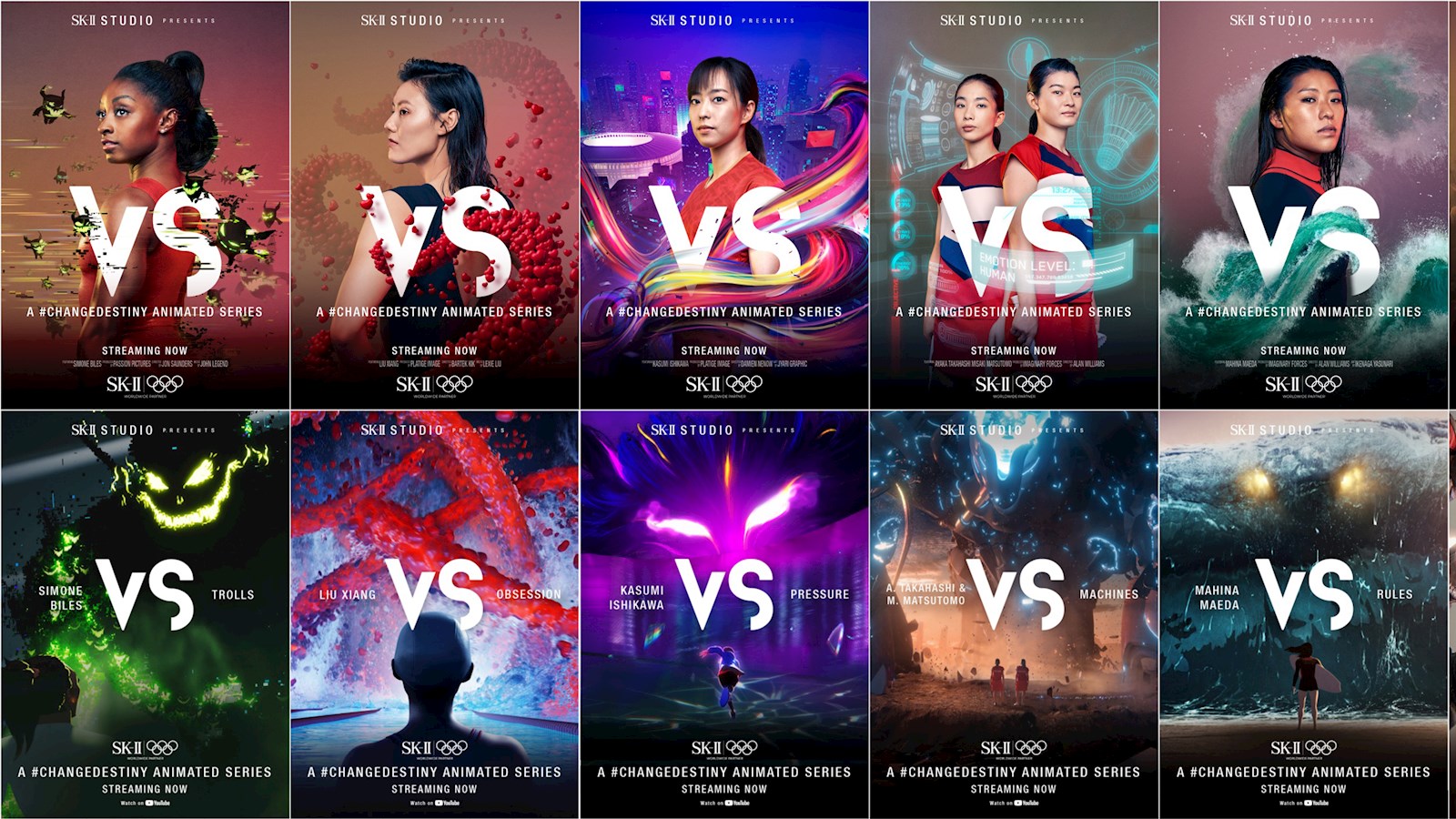
Athletes: from performers to creators
Athlete-brand partnerships are evolving. WPP’s Sports Practice explains why it is a good thing for brands that the days of athletes just being athletes are over
The spotlight on athletes has intensified in recent years. Once focused entirely on sporting endeavours, the new media landscape has created new responsibilities – and opportunities – for those at the centre of sport’s ecosystem: the athletes themselves.
The impact of Lionel Messi’s recent move to Inter Miami is testament to this changing landscape. As part of the deal, Messi will receive an ownership stake in the franchise, but the arrangement could also be more far-reaching.
Within 24 hours of the announcement, Inter Miami’s following on Instagram went from 1m to 5m. A little over a month later, it now has more than 10m followers, ranking it as the 4th most followed US sports team. For context, Messi has almost 480m followers.
Only a few athletes have Messi’s profile, but the huge upward shift in the club’s followers in the aftermath of the announcement demonstrates the changing dynamic of engagement in sport. While the sports industry revolves around athletes’ performance, they are now able to capitalise on this performance better than ever.
In discussion with two leading experts in WPP’s Sport Practice, Chris Console, Executive Vice President at BCW, and Misha Sher, Global Head of Sport, Entertainment and Culture, at EssenceMediacom, we look at three main areas in which brands should reassess their approach to athlete-brand partnerships.
1. Transformation not transaction
Athlete-brand partnerships have historically been somewhat transactional in nature. They have focused on a simple equation whereby financial incentives are given in return for exposure. Deciding which athlete to collaborate with has therefore been simple: the higher the exposure, the better. But with athletes consuming more of the media spotlight, and fans knowing their favourite athletes’ day-to-day lives better, brands must increasingly take care in aligning with the athletes that best support their values.
“Authenticity is critical,” says Console. “Sports fans are savvy. They want an understanding of why that brand is meaningful for the athlete, and how it might be meaningful for them. The successful partnerships are ones where the brand itself parallels the athlete’s brand image, and where there’s a holistic marketing strategy.”
Sher agrees, adding: “Successful partnerships demonstrate a clear and authentic link between the brand and the athlete. This can easily be achieved with a carefully crafted selection framework and data tools which clearly demonstrate the athlete’s relevance to the desired audience.” An analysis of comparable values, as well as target demographics, including age, socio-economic status and, of course, location can all clearly point to those partnerships – which heightens authenticity.
2. Partners not representatives
With more authentic partnerships come more opportunities. If brands and athletes are clearly aligned on values, brands can – and indeed must – optimise their enhanced platform as an integrated partnership, rather than using the athlete as simply a ‘spokesperson’ for the brand.
As Sher points out: “Disintermediation of media has put athletes and creators in the driving seat to build large and engaged audiences. They will expect and demand a more meaningful role in any brand partnership and collaboration.” Given athletes’ enormous online platforms, and natural opportunities for high exposure, this should be seen as an opportunity rather than a potential threat for progressive brands.
Moreover, Console points out that this a reality to which brands simply must adapt, should they not wish to turn their athlete partners into competitors. “Many athletes have already become “brandpreneurs,” he says. “They’re no longer waiting for a brand/company to approach them. They’re developing a brand or product from its inception.”
This is a trend that will likely grow, not least because athletes are becoming entrenched in the media themselves. Console adds: “This goes beyond athletes’ influence on traditional consumer brands. Unfiltered athlete programming, by way of podcasts and future communications channels, will continue to grow.” The success of athlete-led podcasts, to date, is testament to this.
3. Stories not products
Much of what makes partnering with athletes so successful for brands is the incredible high degree of loyalty fans exhibit for athletes. If brands are to maximise the value of these relationships, they must focus on athletes’ storytelling – and why the brand matters to them – rather than focus on the brand directly. As Sher puts it: “Stop focusing on the product and start focusing on the story.”
This is perhaps most obviously the case with women’s sports – it provides an opportunity to tell compelling stories while connecting with new audiences. “Brands should embrace the power of the stories that female athletes can tell, which 50% of the world’s population can relate to,” says Sher. “Female athletes possess some of the most powerful stories that brands can tell.”
Console adds: “With diversity and equality at the forefront, brands have an opportunity to tap into one of the fastest growing audiences (women’s sports) by not merely telling these stories, but having the athletes be the conduits to narrate, create and bring these brand engagements to market.”
WPP’s work with skincare brand SK-II – and its partnership with athletes such as Simone Biles – is testament to this approach. Sher says: “Rather than creating ads featuring a product, it collaborated with athletes and partnered with film makers, animators, musicians and content creators to tell unique human stories and tackle some of the of big cultural topics impacting women.” The animated SK-II VS anthology series was viewed over 1bn times, with overwhelmingly positive engagement and sentiment, providing long-term benefits that far exceed product-centric campaigns.
The days of athletes just being athletes are over. And for brands looking to be authentic, engaging and creative, that can only be a good thing.
published on
21 August 2023
Category
More in Communications

Rebranding cancer: how brands heal and hurt
Along with consumer brands, the ‘brand’ of condition or event influences us.

Mechanisms that Matter – Inside WPP | Ford’s revolutionary marketing model
How a process created on the factory floor over 70 years ago has transformed ops for the auto giant

How to build your brand in-game
A new research report from WPP and SuperAwesome

